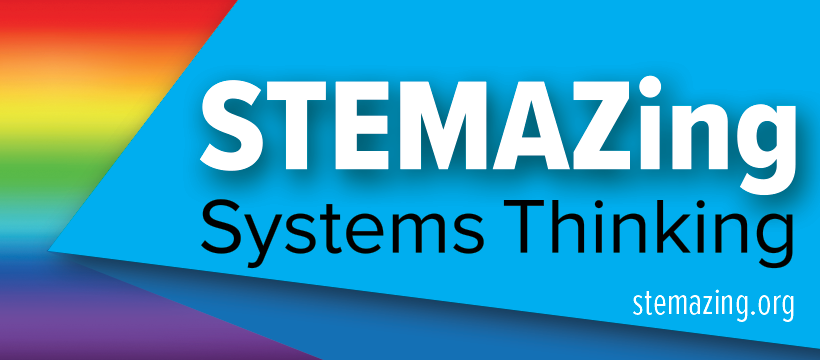Workshop Resources
REAL Primary Colors PQRST
How does your eye see a red apple? Explore this question using a phenomenon driven storyline to engage students in exploring how the eye works and how we create color using light and using pigments. And, for physics sake, please let the experiment with the REAL primary colors,…
Read MoreHow to Code a Sandcastle & Rollercoaster
Shapes Coding Game
Once your students master the beginning coding game, this is the next level. Use fun shapes and cube to engage young learners with mid-level and more advanced coding ideas. Shape Coding Game Directions Shape Coding Game Shapes Shape Coding Game Cube
Read MoreCheckerboard Coding Game
Use arrows with Velcro dots and code to insects or small animals. Checkerboard games from Dollar Tree make this a great #STEMontheCheap game.
Read MoreThree Little Pigs Coding Story / La historia de la codificación de Los Tres Cerditos
Use the classic Three Little Pigs story to let young learners engage with coding and computational thinking skills. Utilice la historia clásica de Los tres cerditos para que los jóvenes estudiantes se involucren con la codificación y las habilidades de pensamiento computacional. (Lección de español a continuación).…
Read MoreBeginner Coding Game
Beginner Coding Game Young learners can begin to learn coding concepts using this simple game. NOTE: Arrows and functions set up to match the colors used to code Cubetto robot. Once your students have mastered the initial coding game, this is the next level. Use fun shapes and cubes to engage young students with…
Read MoreFinding Habitable Planets – Activity 4
In this activity, students will learn that stars have different properties, such as temperature, size, and lifespan. They will also learn that stellar properties determine the conditions for planets around them, hence affect which planets might be habitable.
Read MoreDetecting Exoplanets – Activity 3
In this activity, students will first familiarize with the ZOONIVERSE project named “Planet Hunters TESS” and learn how to spot a transiting planet in a star lightcurve. Next, they will inspect a specific lightcurve and derive from it two main planet properties.
Read MoreScaled Trappist-1 Planetary System – Activity 2
In this activity, students will compare the architecture of our Solar System with that of the recently discovered TRAPPIST-1 planetary system. This system surrounds a star that is less than a tenth of the Sun’s mass. As this type of stars are the most common ones in the Galaxy, TRAPPIST-1-like planetary systems could be the…
Read MoreScaled Solar System – Activity 1
In this activity, students will explore the vastness of the distances between planets in our Solar System and learn about the planets’ relative sizes by creating a classroom scale model of the Solar System.
Read More